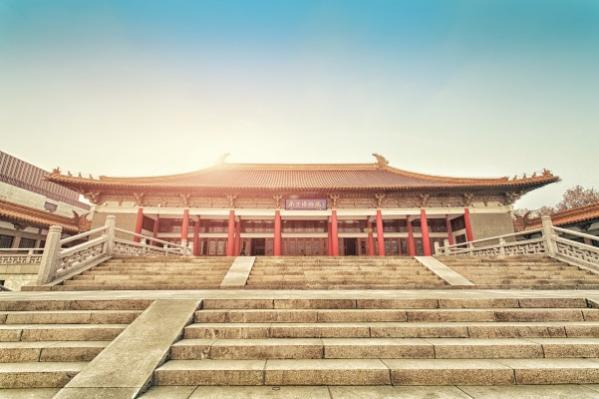
Auther:2023-05-12

The Nanjing Museum is one of the three major museums in China, and the number of precious cultural relics ranks second in China, second only to the Beijing Palace Museum. The Nanjing Museum is the earliest museum in China. Its predecessor is the National Central Museum, which was founded by Cai Yuanpei and others in 1933.
The architecture of the Nanjing Museum is modeled after the palace of the Liao Dynasty, designed by Xu Jingzhi, a famous architect of the Republic of China, and modified by Liang Sicheng, a master architect. Covering an area of more than 130000 square meters, it is a one courtyard and six pavilions pattern, namely, a history museum, a special exhibition hall, a digital museum, an art museum, an intangible cultural heritage museum, and a museum of the Republic of China. In addition, the whole hospital has six research departments, namely, the Archaeological Institute, the Cultural Relics Protection Institute, the Ancient Architecture Institute, the Exhibition Art Institute, the Intangible Cultural Heritage Protection Institute, and the Ancient Art Institute. It also has the only national folklore research institution in the Chinese Museum. Its Institute for the Protection of Chinese Cultural Relics is known as the Top Three Hospital for Cultural Relics and is the key research base of the National Cutural Heritage Administration for the Protection of Chinese Paper Cultural Relics.

